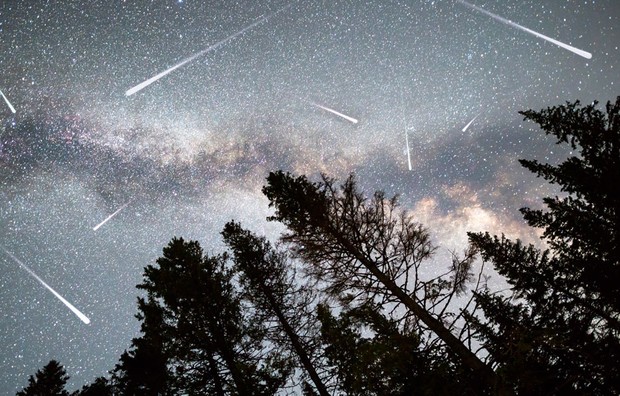The peak of the Perseid Meteor Shower, this year, falls on the night of August 12th and morning of August 13th. The full meteor shower is visible from July 17th through to August 24th. The best time to view the shower is when the sky is at its darkest around midnight and 2am, the peak, unfortunately, falls on the cycle of the full moon meaning visibility may be lower than usual due to the glare of the moon.

image credit: BBC Science Magazine, Cylonphoto
Skies will be clear, over Bury, at peak observation times for the meteor shower, Mike Kirkham, Chairman of the Athenaeum Astronomy Association said “Normally it best to wait for the peak of a meteor shower as this is when there are more meteors per hour to see. Unfortunately, this year the peak occurs between the 12th-13th of August when there is a full moon which means lighting conditions won’t be good.”
The Athenaeum Astronomy Association has advised that, due to the full moon, people should wait for a later date to see the meteors and to stay up late. They also advised that looking towards the constellation Perseus may not be the answer to see more meteors as they can shoot across the night sky anywhere.
The Athenaeum Astronomy Association continued and warned that Perseid meteors travel very quickly across the sky and can appear and disappear in the blink of an eye, they said “the key is to be patient and to improve your observing by allowing your eyes to adjust to the dark, about thirty minutes, and not to look at your mobile phone”.
The Astronomy Association continued to advise that “Good night vision along with good observing conditions including observing in an area with low light pollution will increase your chances of how many meteors you see. And for a comfortable and enjoyable experience, consider using a sun lounger or reclining chair then you can just lay back and enjoy”
The Perseid meteor shower is one of the main highlights of amateur and professional astronomers throughout the year due to its high hourly rate and bright meteors caused by the Earth crashing into objects left behind by comet 109/ Swift-Tuttle in July and August. The Royal Museums Greenwich (RMG) said, “It is called the Perseids because the meteors seem to originate from the constellation of Perseus. Astronomers call this point the meteor shower’s radiant.”
The RMG said, “The radiant of the Perseids is actually always above the horizon as seen from the UK, which means that observers in the UK should be able to see some meteors as soon as the sun sets. Therefore, it is worth looking up in the early evening.”
According to the met office, there should be clear skies at the best observation times for the meteor shower with temperatures not dipping below 18 degrees.
by Alasdair English
